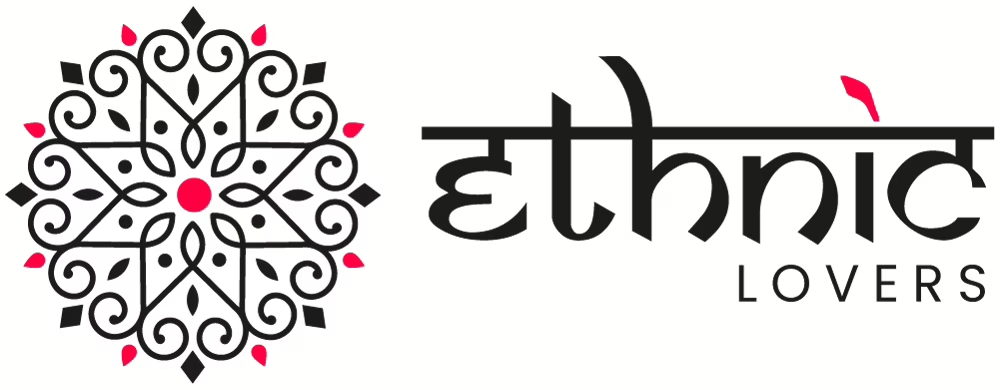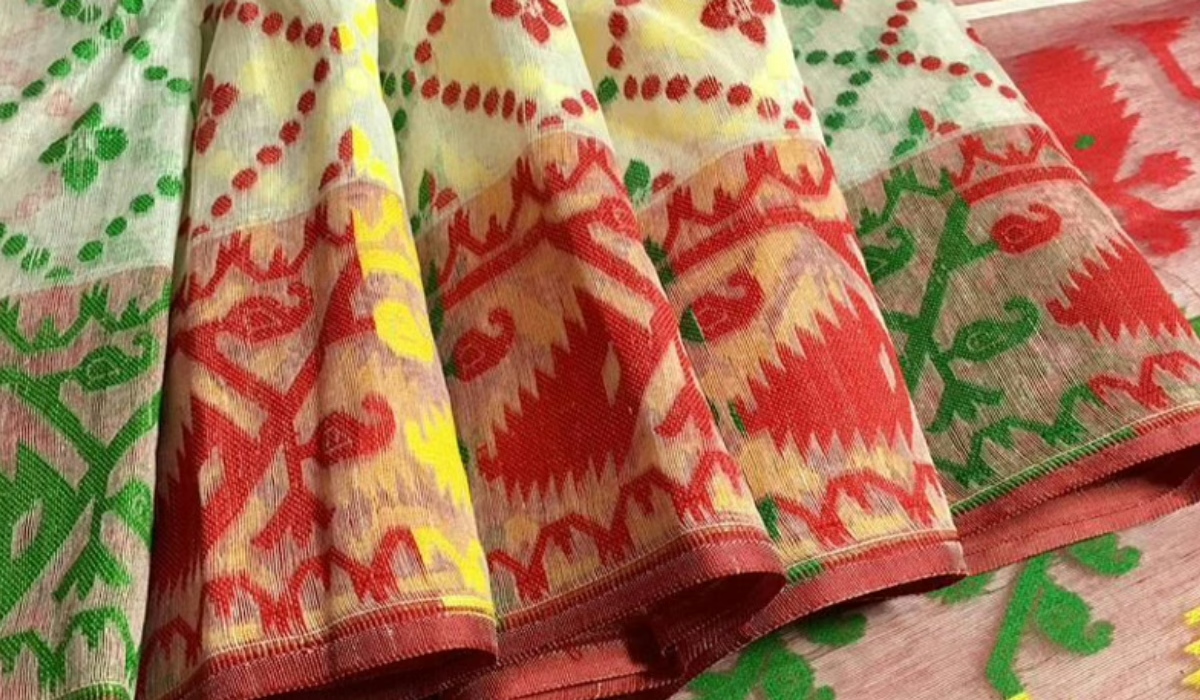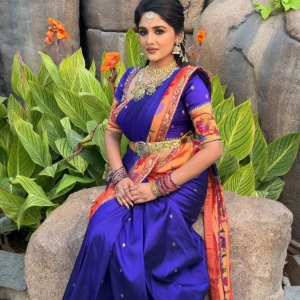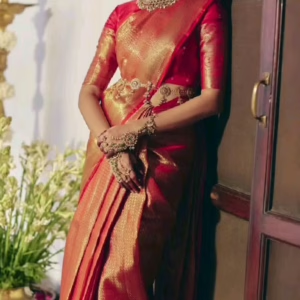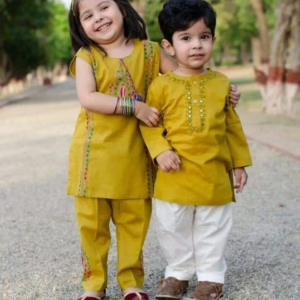Dhakai Jamdani sarees are more than just a piece of clothing—they are a legacy of intricate craftsmanship, rich tradition, and timeless elegance. But with the market flooded with replicas and power-loom imitations, how do you ensure that the saree you’re buying is truly authentic? If you’re looking to invest in a genuine Dhakai Jamdani, here’s your go-to guide to spotting the real deal.
1. Check the Weaving Technique
A true Dhakai Jamdani is handwoven using the extra weft technique, where motifs are crafted manually by inserting extra threads into the fabric. This painstaking process results in slightly raised patterns that appear seamlessly integrated into the saree.
How to check? Flip the saree and examine the backside. In an original, you’ll notice that the motifs are woven into the fabric without any loose or floating threads. Machine-made versions often have uniform, printed, or embroidered patterns instead of woven motifs.
2. Feel the Fabric
Authentic Dhakai Jamdanis are crafted from high-quality cotton, silk, or a cotton-silk blend. The fabric is airy, lightweight, and soft, yet has a crisp texture due to the intricate handwoven designs.
How to check? If the saree feels stiff, synthetic, or unnaturally glossy, it is likely a machine-made replica. A genuine Jamdani will feel light and breathable when draped.
3. Look for Traditional Motifs
Jamdani designs are inspired by nature and geometry. Some of the most popular motifs include:
- Phool (flower)
- Kolka (paisley)
- Hazar Buti (thousand dots)
- Mor (peacock)
- Chand (moon)
How to check? If the designs are too symmetrical or lack the delicate intricacy of handwoven work, it’s a sign of mass production.
4. Observe the Saree’s Weight
An authentic Jamdani is incredibly lightweight, thanks to the fine weaving technique. On the other hand, machine-made sarees tend to be heavier due to the use of synthetic fibers and embroidery.
How to check? If the saree feels unusually heavy for a cotton weave, it’s likely an imitation.
5. Analyze the Price
The artistry behind a Dhakai Jamdani takes weeks to months to complete. This level of craftsmanship comes at a price. If a seller offers a so-called “authentic” Jamdani at an unbelievably low cost, it’s probably a machine-made version.
How to check? Genuine Jamdanis typically start at ₹10,000 and can go up to ₹1,00,000+ depending on the intricacy of the design and the quality of fabric.
6. Check for a GI Tag
Authentic Dhakai Jamdanis from Bangladesh and West Bengal often carry a Geographical Indication (GI) tag to certify their authenticity. This ensures that the saree originates from recognized weaver communities.
How to check? Ask the seller about the saree’s origin and look for certification tags.
7. Buy from Reputed Sellers
One of the best ways to ensure authenticity is to buy from renowned handloom stores, artisan cooperatives, or government-certified exhibitions.
Final Thoughts
A Dhakai Jamdani saree is an heirloom-worthy investment, and knowing how to differentiate between real and fake versions will help you make an informed purchase. Take your time, examine the weave, and always buy from trusted sources to own a piece of this beautiful heritage.
Now that you’re armed with the knowledge, are you ready to buy your perfect Dhakai Jamdani? Let us know in the comments below!
